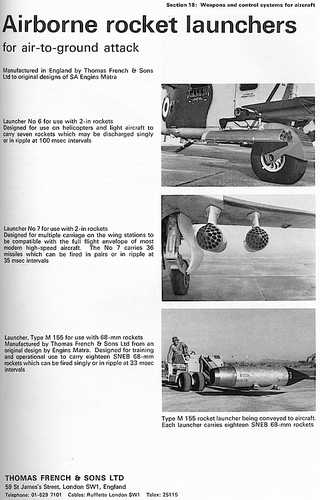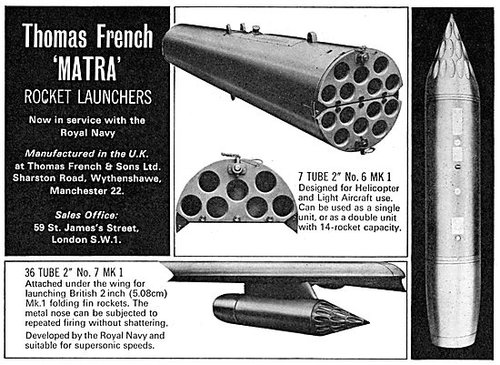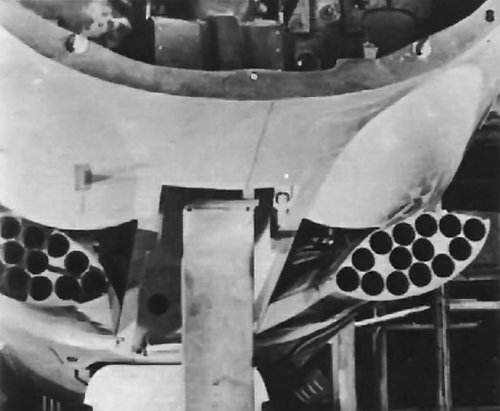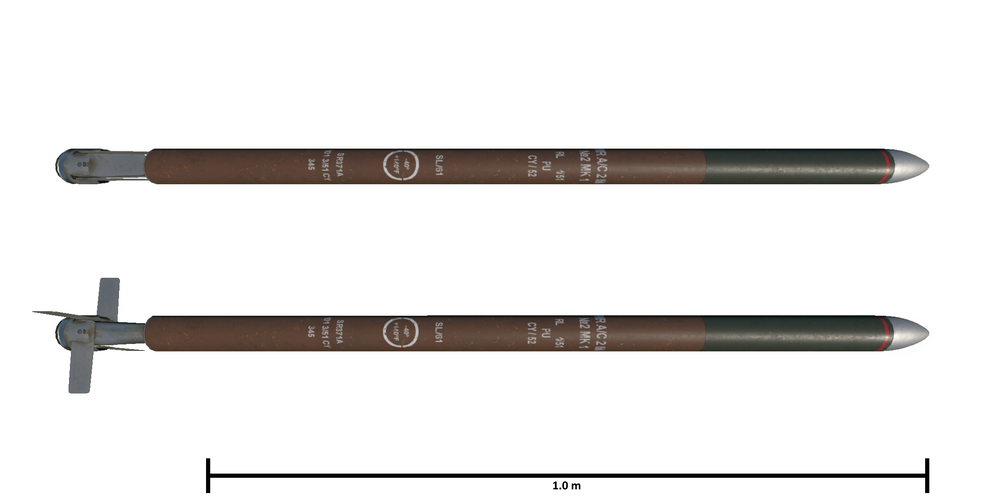Maury Markowitz
From the Great White North!
- Joined
- 27 February 2014
- Messages
- 187
- Reaction score
- 136
I have come across several mentions of a "Microcell rocket", for instance:

Googling around a bit it seems "Microcell" refers to the launcher, or more specifically, the company that produced them:
I assume the 2-inch rocket in question is not the 2-UP! Does anyone have further information on the rocket? It appears it was used as late as Falklands, although I'm not sure it was actually fired or simply part of the inventory.
English Electric/BAC Lightning Mks 1-6
The English Electric Lightning was the only British built fighter capable of Mach 2 to enter RAF service. Although frustrated by British officialdom the Lightning did serve with the RSAF and Kuwait. The only flying examples are now at Thunder City in South Africa.
books.google.ca
Googling around a bit it seems "Microcell" refers to the launcher, or more specifically, the company that produced them:
Glass Fibre Rocket LauncherGlass Fibre Rocket Launcher: Details of the Polyester Resin Units Produced by Microcell Ltd. | Emerald Insight
Glass Fibre Rocket LauncherGlass Fibre Rocket Launcher: Details of the Polyester Resin Units Produced by Microcell Ltd.
www.emerald.com
I assume the 2-inch rocket in question is not the 2-UP! Does anyone have further information on the rocket? It appears it was used as late as Falklands, although I'm not sure it was actually fired or simply part of the inventory.
















